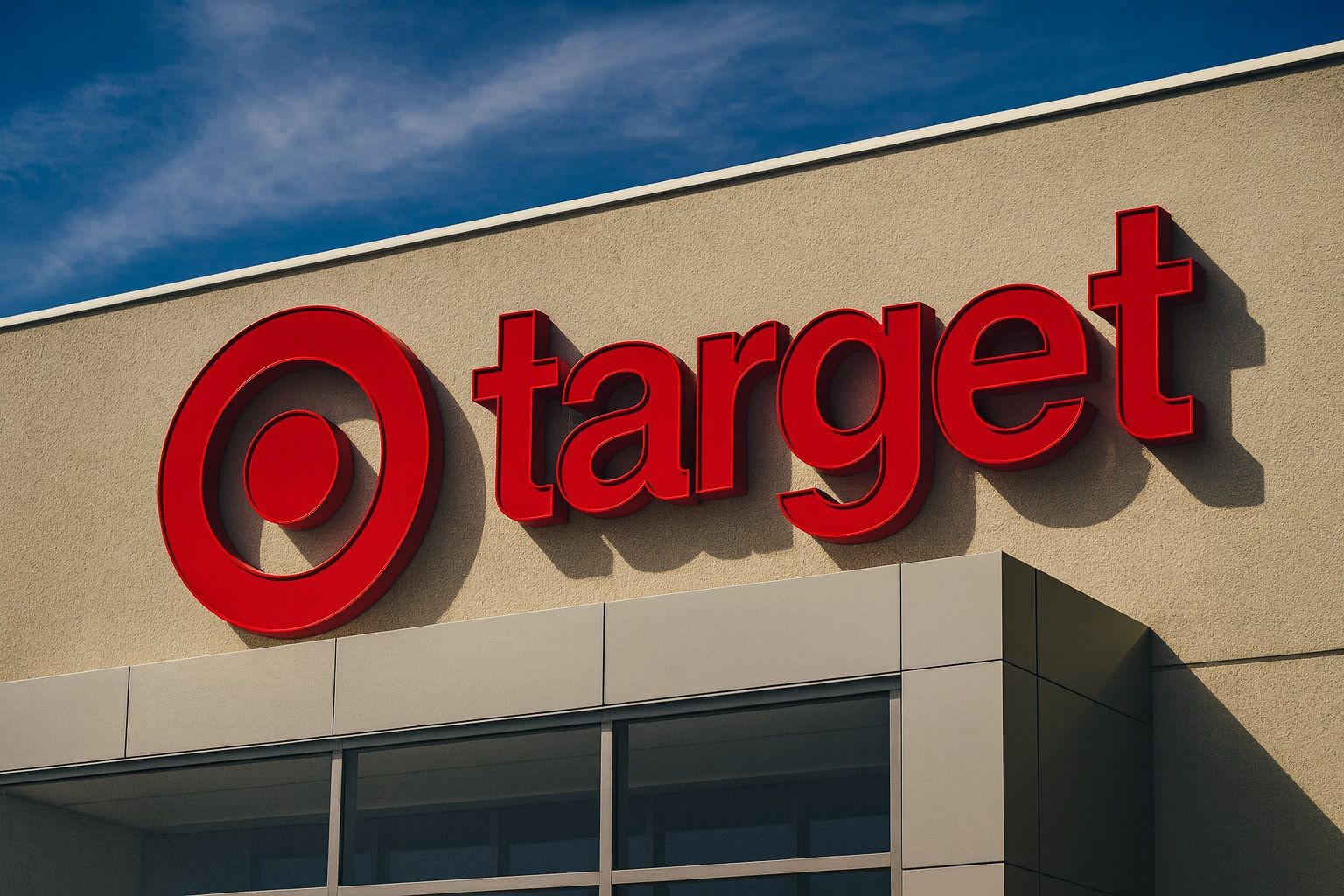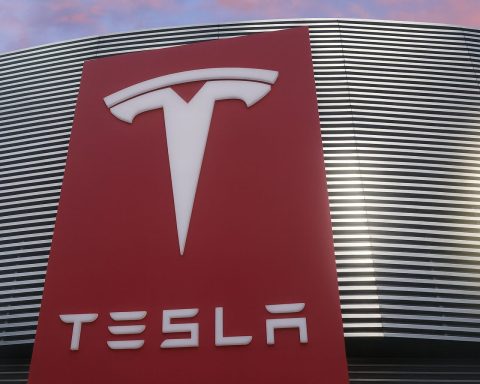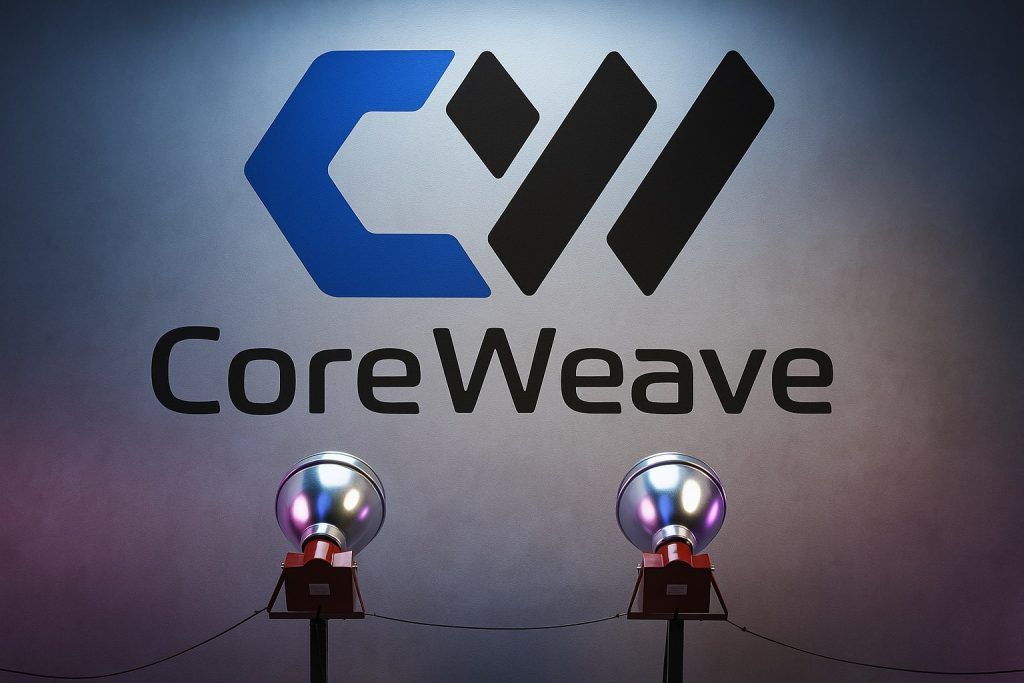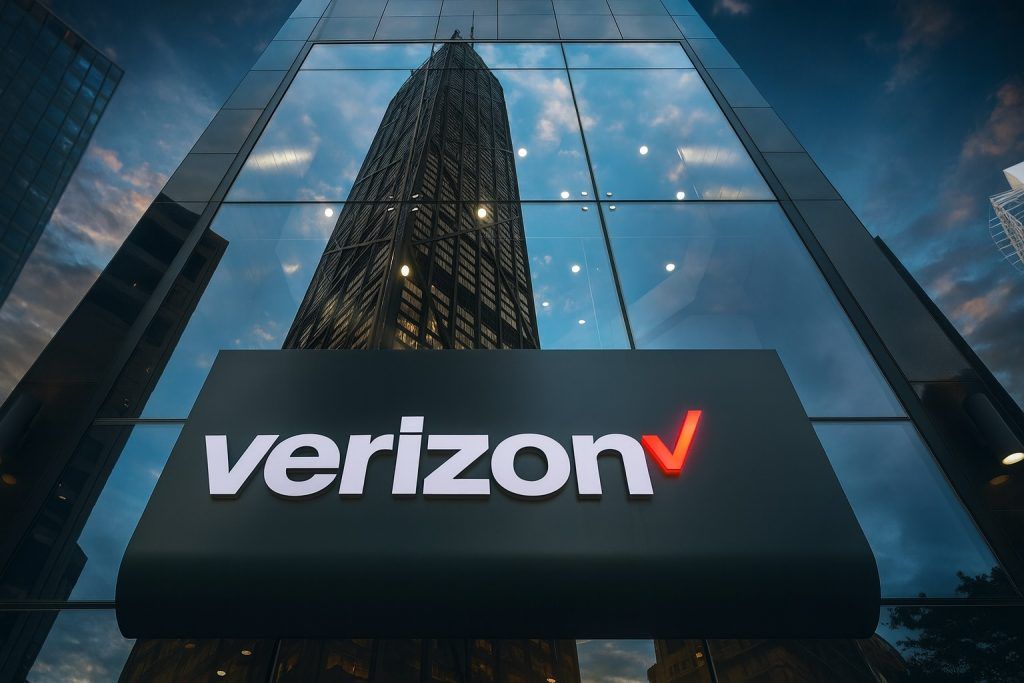As of the close on November 14, 2025, Target Corporation (NYSE: TGT) trades around $89.90, giving it a market cap of about $40.9 billion and a trailing P/E of roughly 10.5x on the last 12 months’ EPS of $8.58. [1]
That’s a steep discount to its own 10‑year average P/E (around 16x) and comes after a brutal stretch in which the stock is down about 42% over the last year and roughly a third year‑to‑date. [2]
At the same time, Target now offers a dividend yield of ~5% (annual dividend of $4.56 per share, $1.14 quarterly), with 54 consecutive years of dividend growth. [3]
So going into the November 19 Q3 earnings report, investors are staring at a classic value‑vs‑value‑trap dilemma:
- A beaten‑down “Dividend King” on a cheap multiple,
- But with 11 consecutive quarters of weak or declining comparable sales, leadership upheaval and a large corporate layoff. [4]
Below is a detailed, SEO‑friendly rundown of the latest November 2025 news, the fundamental picture, and a scenario‑based Target (TGT) stock outlook into 2026. (This is not personalized investment advice.)
1. Where Target (TGT) stock stands today
Key snapshot (as of Nov 14, 2025): [5]
- Share price: $89.90
- Market cap: ~$40.9 billion
- Trailing 12‑month revenue: ~$105.6 billion
- Trailing EPS: $8.58
- Trailing P/E: 10.48x
- Forward P/E: ~11.7x
- Net margin: ~3.7%
- Dividend: $4.56 per share annually (5.07% yield; payout ratio ~53%) [6]
- Analyst consensus rating: Hold
- Average 12‑month price target: about $107–108, implying ~17–20% upside. [7]
Valuation wise, Target now trades at roughly a 36% discount to its 10‑year average P/E of ~16x. [8]
That “cheap” tag is a big part of the bull case — but it exists for a reason: sales are soft, tariffs and inflation are squeezing consumers, and management is effectively rebooting the company’s strategy.
2. November 2025 news recap: holiday discounts, AI tools and store revamps
2.1 Deep holiday discounts on 3,000 items
On November 11, 2025, Target announced it will slash prices on about 3,000 “everyday” items — including food, beverages and household essentials — for the holiday season. [9]
Key details:
- Focus is on staples like groceries and household basics, not just gifts.
- Target’s Thanksgiving meal kit for four will cost under $20 (less than $5 per person), matching or beating offers from Walmart and Aldi. [10]
- The move comes as retailers brace for a “muted” 2025 holiday season amid stubborn inflation, high interest rates, Trump‑era import tariffs and the drag from a prolonged government shutdown that has reduced food‑aid benefits. [11]
For shareholders, this is a double‑edged sword:
- Positive: aggressive price cuts can protect or grow traffic and basket sizes when shoppers are hyper‑price‑sensitive.
- Risk: margin pressure if the volume lift is not enough to offset lower prices.
Simply Wall St recently framed this as the central near‑term issue: Target is leaning into price investment and convenience (AI tools, deals, low‑cost meal offers) to stabilize sales, but the biggest risk is erosion of profitability if discounts don’t drive enough volume. [12]
2.2 New AI‑powered shopping features
On November 12, 2025, Target launched a suite of AI‑powered tools in its app to make holiday shopping “easier, smarter and more fun.” [13]
Headline features:
- Target Gift Finder: a conversational AI tool that suggests gifts based on who you’re shopping for and the occasion.
- List Scanner: scan handwritten shopping lists (or kids’ wish lists) and auto‑convert them into a digital list/cart in the Target app.
- Enhanced Store Mode: guides shoppers through their local store to find items and offers alternate fulfillment when something is out of stock.
- Gamified experience: a “Find Bullseye” in‑store scavenger hunt and animated helpers in the app to keep the trip more playful.
Target notes that customers who use the Target app in‑store have basket sizes nearly 50% higher, underlining why management is so focused on digital‑plus‑physical experiences. [14]
2.3 Turning stores into “winter wonderlands”
Business Insider reported on November 14 that Target is heavily leaning into nostalgia‑driven holiday store experiences:
- Immersive “winter wonderland” store layouts, including life‑size Alpine gondolas and themed areas like a Holiday Market and Hot Cocoa Club.
- A push for cleaner, better‑stocked stores with consistently “happy” staff after a period of customer frustration over messy aisles and out‑of‑stocks. [15]
These in‑store upgrades are meant to:
- Differentiate Target from cheap‑and‑cheerful rivals on experience,
- Justify some pricing power on curated and owned‑brand items, and
- Reinforce loyalty at a time when there are plenty of reasons for shoppers to defect.
2.4 Holiday macro backdrop: modest but real growth
The National Retail Federation (NRF) expects U.S. holiday spending to top $1 trillion for the first time in 2025, up about 3.7–4.2% from 2024 — slower growth than in the pandemic boom years, but still positive. [16]
That’s a cautiously supportive backdrop for Target, but it comes with caveats:
- Growth is increasingly driven by higher‑income households,
- Consumers are intensely discount‑driven, and
- Tariffs and inflation keep pressure on retailer margins.
In short: there’s demand, but you have to fight hard on value and experience to capture it — exactly what Target is trying to do.
3. Strategy in transition: CEO change, layoffs and a tech‑heavy reboot
3.1 New CEO Michael Fiddelke takes over in February 2026
On August 20, 2025, Target named longtime insider Michael Fiddelke as CEO, effective February 1, 2026, with current CEO Brian Cornell moving to an executive chair role. [17]
Key points:
- Fiddelke joined Target in 2003 and has held roles across finance, merchandising, HR and operations; he previously served as CFO (2019–2024) and is currently COO overseeing nearly 2,000 stores and global supply chain operations. [18]
- The CEO hand‑off coincides with pressure from tariffs and inflation, especially for discretionary categories like apparel and electronics, where Target has struggled. [19]
- Some investors and an activist group have criticized the plan for Cornell to remain as board chair, arguing for an independent chair to sharpen oversight; a proposal along these lines is expected to re‑surface before the 2026 shareholder meeting. [20]
This governance friction adds to uncertainty around whether the “new” Target will really represent a strategic break or more of the same.
3.2 1,800 corporate roles cut in October
On October 23, 2025, Reuters reported that Target will eliminate about 1,800 corporate positions — roughly 8% of its corporate workforce and including ~800 vacant roles — in its first major layoff in about a decade. [21]
- The cuts do not affect store or supply chain roles; they primarily hit corporate managers.
- Fiddelke said “too many layers and overlapping work” had slowed decisions and that the cuts are “a necessary step in building the future of Target.” [22]
- The move comes after 11 consecutive quarters of weak or declining comparable sales, as Target grapples with merchandise mis‑steps, inventory issues, and pressure from tariffs on imported goods. [23]
Short‑term, layoffs may mean restructuring charges and culture disruption. Medium‑term, they should help Target simplify operations and reduce SG&A, which matters a lot when you’re cutting prices on thousands of SKUs.
3.3 Tech and AI as the growth engine
Beyond the holiday‑specific AI tools already mentioned, Target has been positioning its technology stack as a core growth lever:
- A recent corporate feature highlighted how AI and data are being used to modernize stores, personalize shopping, and improve inventory and logistics. [24]
- Zacks flagged Target’s expanding tech initiatives as a potential foundation for long‑term growth, even as near‑term earnings are under pressure. [25]
If these bets work, they could:
- Lift sales density per square foot,
- Boost high‑margin digital advertising and membership revenues (Roundel, Target Circle 360), and
- Improve supply chain efficiency to offset tariff and wage pressures.
4. Fundamentals heading into Q3 2025 earnings
4.1 Q2 2025: modest progress, still negative comps
Target’s Q2 2025 results (reported August 20) looked like a company stabilizing but not yet growing: [26]
- Net sales: $25.2 billion, down 0.9% YoY.
- Comparable sales: down 1.9%, with store comps -3.2% partially offset by digital comps +4.3%.
- Non‑merchandise revenue (Roundel, membership, marketplace, etc.) grew 14.2%.
- GAAP & adjusted EPS: $2.05 vs $2.57 a year ago (≈20% decline).
- Operating income: down ~19.4% YoY.
- Guidance for fiscal 2025 reaffirmed:
- Low‑single‑digit decline in sales,
- GAAP EPS expected between $8.00 and $10.00,
- Adjusted EPS (excluding litigation gains) expected between $7.00 and $9.00.
This is not a growth story yet; it’s an efficiency and stabilization story.
4.2 Q3 2025 expectations: earnings likely to decline
According to Zacks’ earnings preview and consensus data: [27]
- For the quarter ending October 2025 (Target’s Q3 2025), analysts expect EPS around $1.76–$1.77, about 4% below the prior year.
- Zacks explicitly warns that Target “doesn’t possess the right combination” of factors for a likely earnings beat and projects lower revenues year‑over‑year as well.
StockAnalysis confirms that the next earnings date is November 19, 2025, before the market opens. [28]
If Q3 lands below expectations or if guidance is cut, the stock could see another leg down despite already‑low valuations.
5. How Wall Street and big investors view TGT right now
5.1 Analyst ratings and price targets
Across major data providers: [29]
- Consensus rating: Hold (mixed views; not a consensus “sell,” but far from a high‑conviction “buy”).
- Average 12‑month price target: roughly $105–$108 per share, vs. the current ~$90 price.
In plain English: the Street generally thinks Target is modestly undervalued, but worries about execution, tariffs and competition enough to stop short of calling it a strong buy.
5.2 Earnings and growth expectations
Zacks notes that the consensus forecast for fiscal 2025 EPS implies a ~16% year‑over‑year decline, with a return to EPS growth expected in fiscal 2026. [33]
Simply Wall St’s model projects Target to reach roughly $110.5 billion in revenue and $3.7 billion in earnings by 2028, implying only ~1.4% annual revenue growth and slightly lower net income than today — essentially a low‑growth scenario, with a fair value estimate around $100.70 per share (about 11% above the current price). [34]
5.3 Institutional flows
Recent 13F‑style filings show that:
- Empower Advisory Group LLC raised its stake by about 78% in Q2, to ~647,000 shares worth around $63.9 million at recent prices. [35]
- Islay Capital Management LLC has trimmed its position. [36]
Net‑net, large institutional investors remain heavily involved (over 80% institutional ownership) but are rebalancing rather than stampeding in one direction. [37]
6. Target (TGT) stock forecast: scenarios into 2026
Instead of a single price prediction, it’s more realistic — and more Google‑News‑friendly — to think in scenarios, especially with Q3 earnings only days away.
(All numbers below are illustrative, rounded and based on current public guidance/consensus; they’re not guarantees.)
6.1 Base‑case scenario: slow recovery, valuation stays discounted
Assumptions:
- Fiscal 2025 GAAP EPS lands near the mid‑point of guidance (≈$9), with similar levels in 2026 as tariffs and promotional intensity offset operational efficiencies. [38]
- Comparable sales gradually improve from low‑single‑digit declines to flat or slightly positive by late 2026, helped by holiday initiatives, better merchandising and AI‑driven personalization. [39]
- The market continues to apply a below‑historical P/E of ~12x to Target vs its 10‑year norm of ~16x. [40]
Under that framework:
- An earnings power of ≈$9.00 per share at a 12x multiple implies a “fair value” around $108 — right in line with current analyst targets. [41]
- From the current ~$90 price, that’s roughly 17–20% potential upside over 12–18 months, plus a ~5% dividend yield while you wait. [42]
In this base‑case, TGT is a moderately attractive income/value hold, but not a rocket ship: returns depend heavily on the dividend and a small valuation re‑rating.
6.2 Bull‑case scenario: AI + restructuring spark a re‑rating
Assumptions:
- Holiday price cuts succeed in re‑accelerating traffic without overly damaging margins, and the new AI tools plus store refreshes materially lift basket size, digital mix and Roundel/membership revenues. [43]
- Corporate layoffs and technology investments drive leaner overhead and better inventory turns, nudging operating margin upward. [44]
- Tariff and macro pressures ease somewhat into 2026.
In that world, investors might be willing to pay closer to 13–14x earnings for Target — still below historical peaks, but above today’s 10.5x. [45]
If EPS trends toward the higher end of guidance (say $9.50–$10.00 by 2026), a 13x multiple implies a potential share price in the $120–130 range, which would be 30–40% above current levels over a multi‑year horizon, plus dividends. (Again, purely illustrative.)
To get there, though, Target must prove that:
- The AI‑driven and experiential strategy is more than a seasonal gimmick, and
- Margin compression from heavy price cuts is temporary, not permanent.
6.3 Bear‑case scenario: price war plus tariffs = margin squeeze
Assumptions:
- Q3 2025 results disappoint, and guidance is cut as holiday demand proves weaker than hoped or overly reliant on low‑margin categories. [46]
- Price cuts on 3,000+ items become structural rather than seasonal, with limited offset from mix and cost savings. [47]
- Tariffs worsen or persist and competitive pressure from Walmart, Costco, Amazon and dollar stores intensifies.
If EPS falls to the low end of guidance (~$8) and the market demands a deeper discount of, say, 8x earnings for a structurally challenged retailer, that would support a price in the mid‑$60s — roughly 25–30% downside from today’s levels, even before any dividend cuts.
This is essentially the “value trap” path: the dividend and low multiple are not enough to offset deteriorating fundamentals.
7. Key risks to watch
Regardless of which scenario you lean toward, the main risks around TGT are fairly clear:
- Tariff risk and input costs
- Trump‑era import tariffs directly hit categories like apparel, home and electronics — areas where Target is already underperforming. [48]
- Consumer demand and holiday execution
- NRF’s trillion‑dollar forecast is encouraging, but spending growth is slowing and concentrated among higher‑income households; if Target misjudges its mix or pricing, it may cede share to Walmart, Costco or off‑price competitors. [49]
- Margin compression from price cuts
- The strategy of “3,000+ price cuts + under‑$20 Thanksgiving meal + aggressive deals” needs to be matched by operational efficiencies and higher‑margin revenue streams (Roundel ads, memberships, marketplace). Otherwise, earnings power erodes. [50]
- Execution risk during leadership transition
- Fiddelke’s promotion comes as Target restructures, trims 1,800 corporate jobs and debates board independence. Strategy shifts during leadership change can be powerful — or messy. [51]
- Reputational and culture risks
- Store revamps, new in‑store training (such as emphasis on smiling and engaging customers) and DEI policy changes could either rebuild the brand or spark backlash from employees and customers, affecting traffic and turnover. [52]
8. Bottom line: is TGT stock a bargain or a trap?
From an analytical standpoint:
- Valuation & income:
- Fundamentals & momentum:
- Sales trends are still negative (‑1.9% Q2 comps; 11 quarters of weak comps overall).
- Earnings are expected to decline in fiscal 2025 before stabilizing or modestly growing in 2026. [55]
- Strategic catalysts:
- AI‑driven personalization, immersive in‑store experiences, and a leaner corporate structure offer a credible path to steady improvement — but results won’t be clear until at least a couple more quarters of data, starting with Q3 earnings on November 19. [56]
For long‑term, dividend‑oriented investors who believe Target can:
- stabilize sales,
- defend margins despite tariffs and price cuts, and
- extract real value from AI and its 2,000‑store footprint,
TGT may offer an appealing high‑yield, contrarian value opportunity with 3–5 year upside potential.
For more risk‑averse or growth‑focused investors, the combination of:
- declining comps,
- earnings pressure,
- structural retail headwinds, and
- governance noise
may justify waiting at least until after the Q3 report and holiday read‑through to see whether Target’s new playbook is actually working.
Either way, TGT looks set for elevated volatility around its upcoming earnings and holiday updates — making November and December 2025 a crucial inflection point for the stock’s 2026 path.
References
1. stockanalysis.com, 2. stockanalysis.com, 3. stockanalysis.com, 4. www.reuters.com, 5. stockanalysis.com, 6. stockanalysis.com, 7. stockanalysis.com, 8. fullratio.com, 9. www.reuters.com, 10. www.reuters.com, 11. www.reuters.com, 12. simplywall.st, 13. corporate.target.com, 14. corporate.target.com, 15. www.businessinsider.com, 16. www.barrons.com, 17. www.reuters.com, 18. www.reuters.com, 19. www.reuters.com, 20. www.barrons.com, 21. www.reuters.com, 22. www.reuters.com, 23. www.reuters.com, 24. corporate.target.com, 25. www.zacks.com, 26. corporate.target.com, 27. www.zacks.com, 28. stockanalysis.com, 29. stockanalysis.com, 30. stockanalysis.com, 31. www.nasdaq.com, 32. www.marketbeat.com, 33. www.zacks.com, 34. simplywall.st, 35. www.marketbeat.com, 36. www.marketbeat.com, 37. stockanalysis.com, 38. corporate.target.com, 39. corporate.target.com, 40. fullratio.com, 41. stockanalysis.com, 42. stockanalysis.com, 43. www.reuters.com, 44. www.reuters.com, 45. fullratio.com, 46. www.zacks.com, 47. www.reuters.com, 48. www.reuters.com, 49. www.barrons.com, 50. www.reuters.com, 51. www.reuters.com, 52. www.businessinsider.com, 53. stockanalysis.com, 54. stockanalysis.com, 55. corporate.target.com, 56. corporate.target.com










